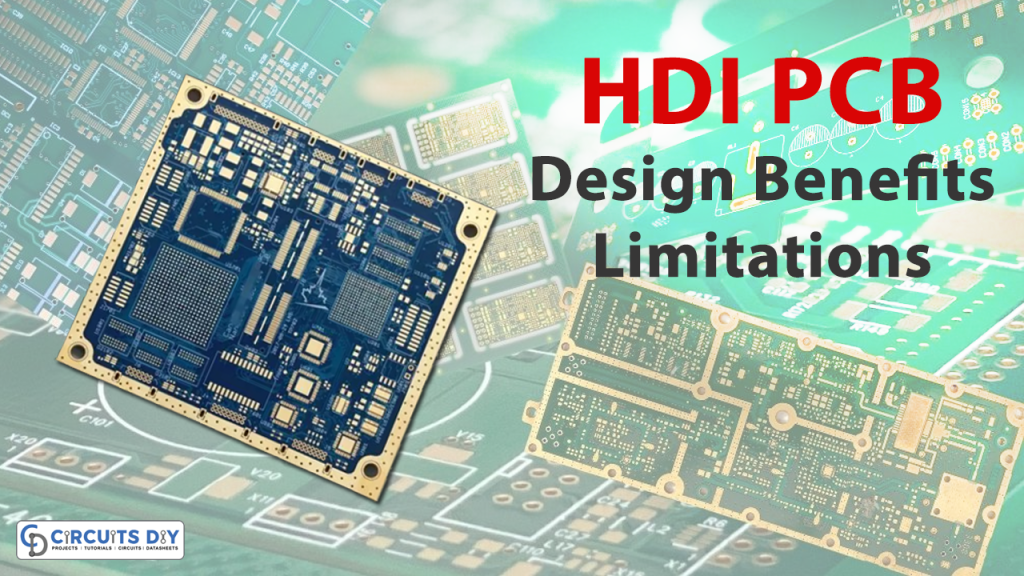High-Density Interconnect (HDI) PCBs represent a substantial growth in printed circuit board engineering, providing superior performance in compact electronic devices. Unlike old-fashioned PCBs, HDI PCBs leverage advanced production techniques to reach higher world densities and smaller kind factors. This allows for the integration of more parts and performance right into a smaller place, creating them well suited for programs where size and fat are important factors.
One of many key top features of HDI PCBs is their usage of microvias, which are microscopic holes drilled into the PCB substrate to produce connections between various levels of the board. These microvias allow more effective routing of signals and energy, reducing signal loss and increasing overall electric performance. Furthermore, HDI PCBs can integrate numerous levels of circuitry, more enhancing their efficiency and flexibility.
The lightweight size and high-density format of HDI PCBs also contribute to improved indicate strength and reliability. With smaller indicate paths and paid down electromagnetic disturbance, HDI PCBs may help higher-speed information transmission and more technical electric designs. This makes them well-suited for used in sophisticated electronics such as smartphones, tablets, wearables, and automotive systems.
As well as their electrical performance advantages, HDI PCBs offer advantages in terms of production efficiency and cost-effectiveness. By consolidating numerous components onto a single panel, HDI PCBs minimize the requirement for extra assembly measures and interconnects, streamlining the creation method and reducing over all production costs. More over, their smaller size and lighter fat can lead to savings on material and delivery expenses.
HDI PCB technology remains to evolve quickly, driven by the need for smaller, better digital devices. Improvements such as for example piled microvias, sequential lamination, and laser positioning are driving the limits of what is probable with HDI PCBs, permitting sustained quantities of integration and performance. Consequently, HDI PCBs are poised to perform a central position in the growth of next-generation electronics across a wide range of industries.
Despite their many advantages, planning and production HDI PCBs may present issues, particularly with regards to format, impedance control, and thermal management. Makers must carefully contemplate facets such as signal integrity, energy distribution, and part hdi circuit board to make sure optimal efficiency and reliability. Also, the usage of advanced manufacturing techniques such as for instance laser drilling and sequential lamination involves particular gear and expertise.

Overall, HDI PCBs symbolize a substantial development in printed signal table engineering, providing a mix of high performance, small size, and cost-effectiveness that produces them suitable for a wide variety of applications. As electronics continue to become smaller, lighter, and better, the demand for HDI PCBs is estimated to grow, driving further development in the field.
